First, a service update – there was an issue with the power at the farm which hosts the Brigade workshop earlier this week; long story, but in summary we lost a) a morning’s work, and b) several items of kit and most of the ceiling lights, blown by a power surge. As well as that essential piece of equipment, the workshop DAB radio, we also lost the air compressor which powers the pressure pot we use for resin casting (which itself was only three months old, a replacement for the previous one that just wore out). So the upshot is that we’re a bit behind on orders, especially ones which have a lot of resin items in them. This is then going to be compounded by Tony having some time off next week, although there will be some weekend working tomorrow to try and keep the backlog to a minimum. If you have an order outstanding with us, it could be a few days before we get to it, and any orders that arrive in the next 7 days probably won’t get looked at until Tony’s back on the 17th.
Now onto this week’s new release…
In the 50s and 60s the Soviet Union faced a severe housing shortage, partly as a consequence of the damage caused by the Second World War. One solution was the Khrushchevka (or Khrushchyovka), a prefabricated apartment block made of concrete panels that could be constructed in as little as two weeks. Much of the work was done off-site – even entire bathrooms would be assembled in a factory, shipped to the site and just plumbed in. Quality was low, but as many as 64000 units were built just in Moscow in a few years.
Almost all were five storey buildings – this was the maximum height of apartment building that was permitted to be built without incorporating lifts. The dimensions varied, the modular panel design allowed extra units to be bolted on as necessary. Most had flat roofs, although some had shallow pitched roofs or have been retrofitted with them in later years.
Khrushchevkas were built all over the Soviet Union and other Eastern Bloc countries, and many survive to this day, way beyond their designed lifespan. Some have been refurbished, others soldier on with a patchwork of repairs. Similar prefab units have appeared in other countries over the years, such as Japanese Danchi.
Our Khrushchevka set includes four slightly different resin apartment blocks – all suitably drab and grey for the era.
SSS-8202 – Khrushchevka Apartments (x4) – £3.00

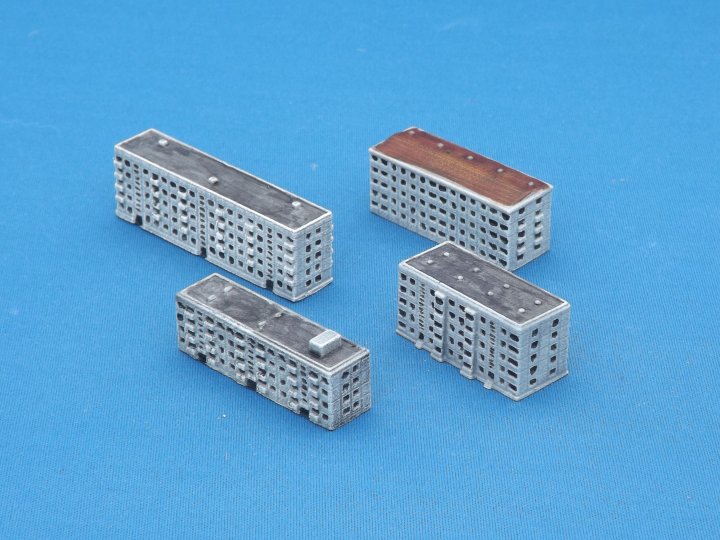


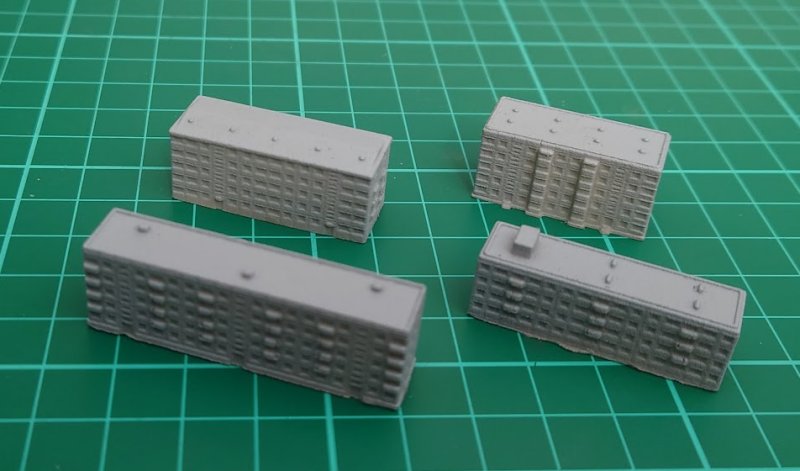
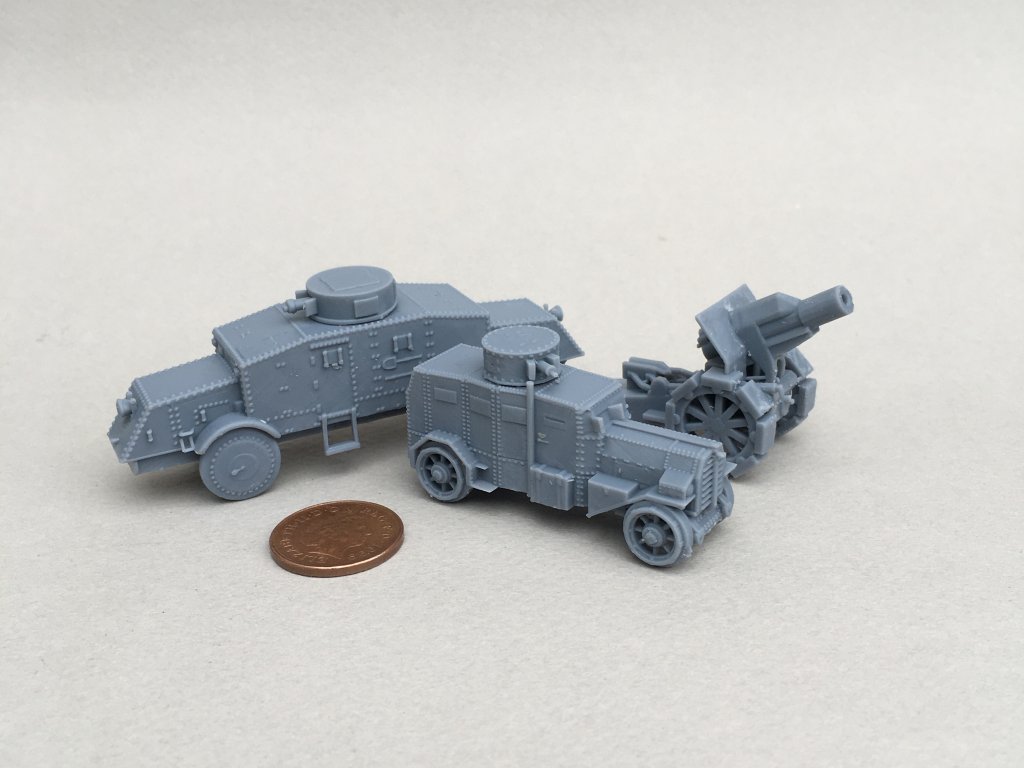
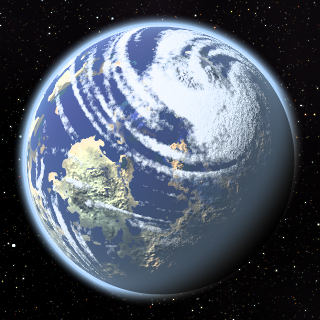
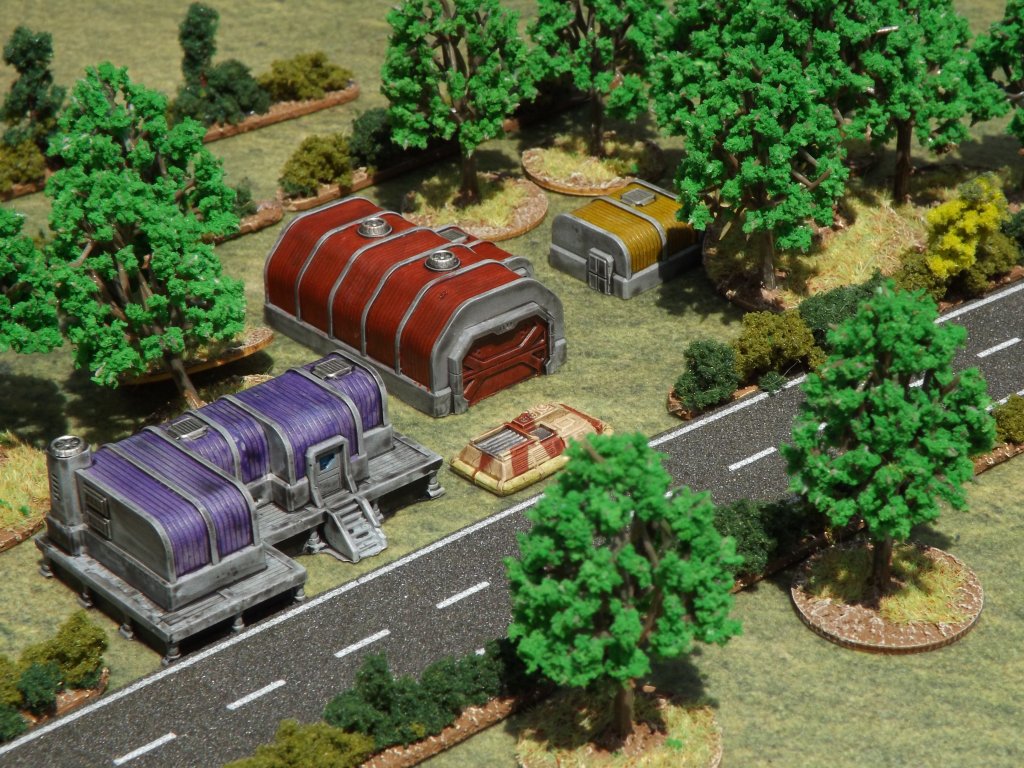

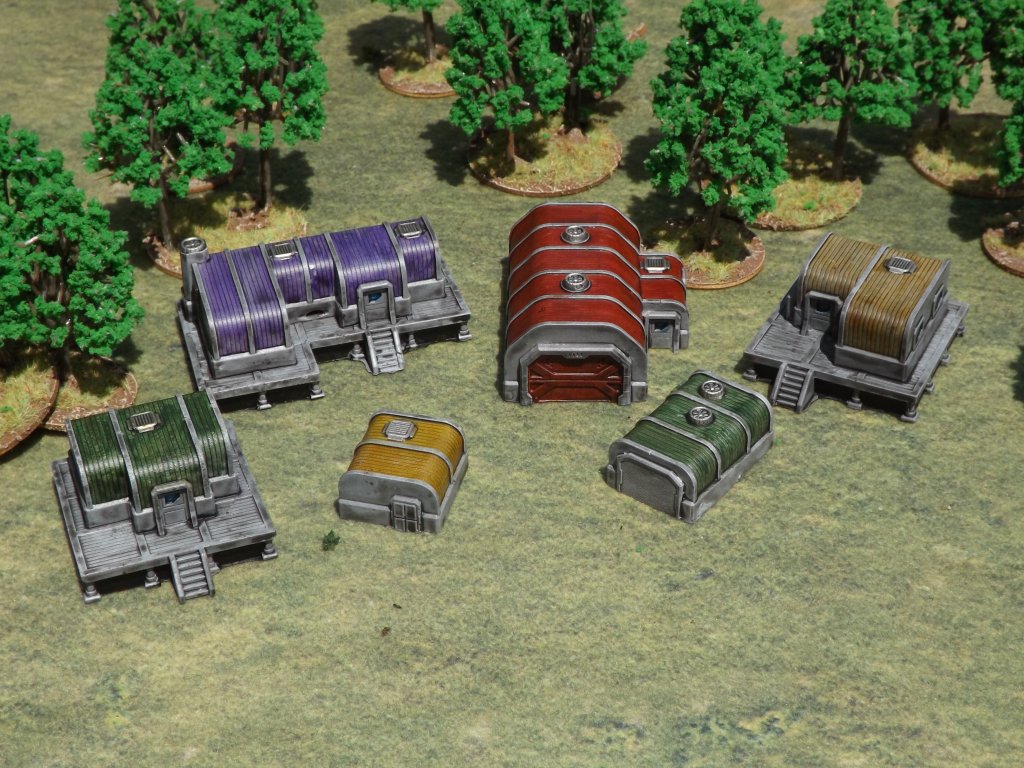

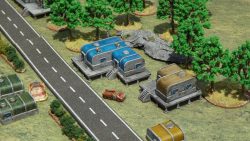


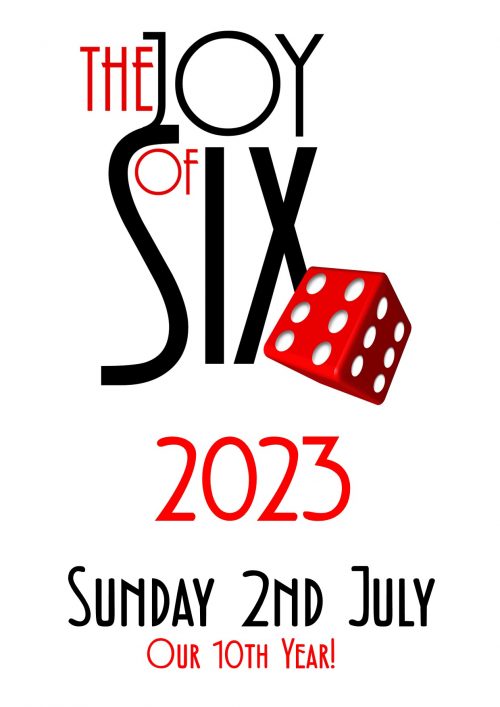


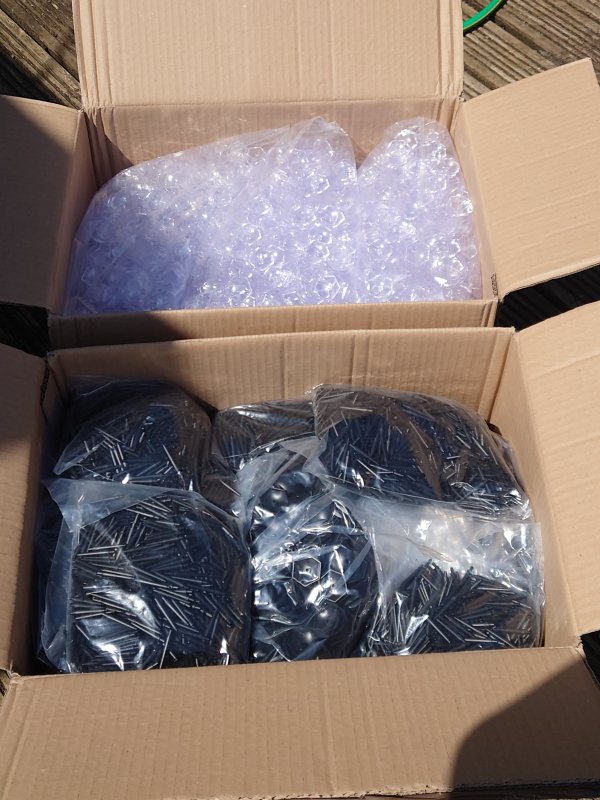





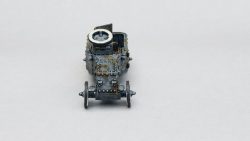

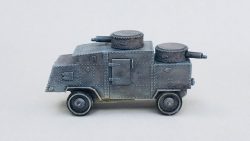
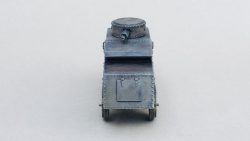
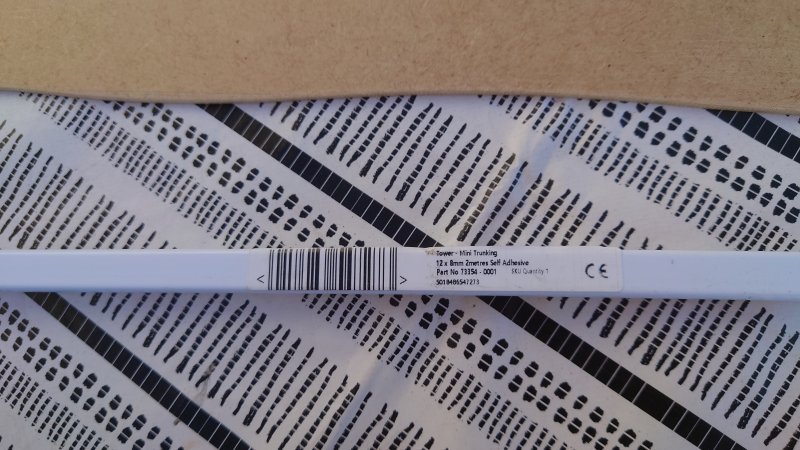
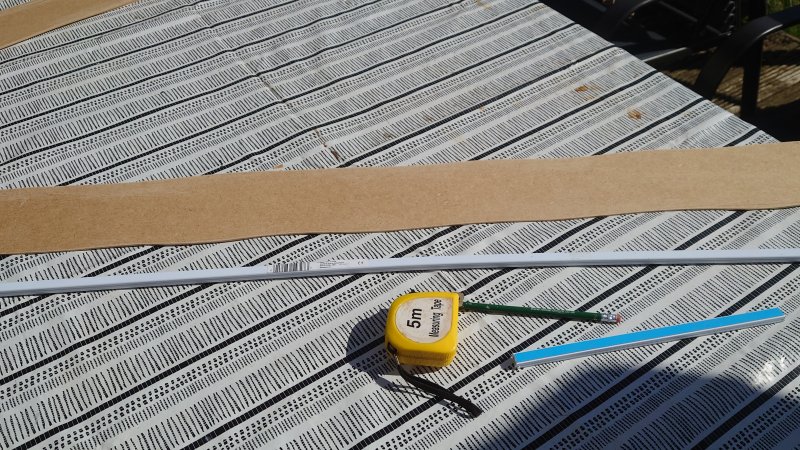
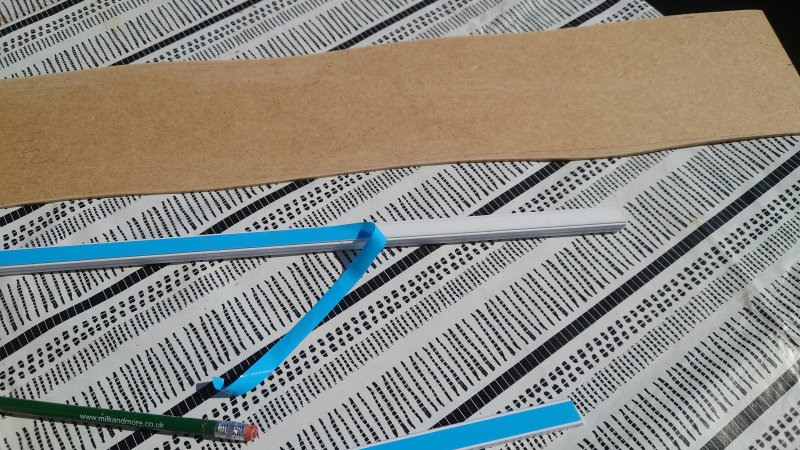

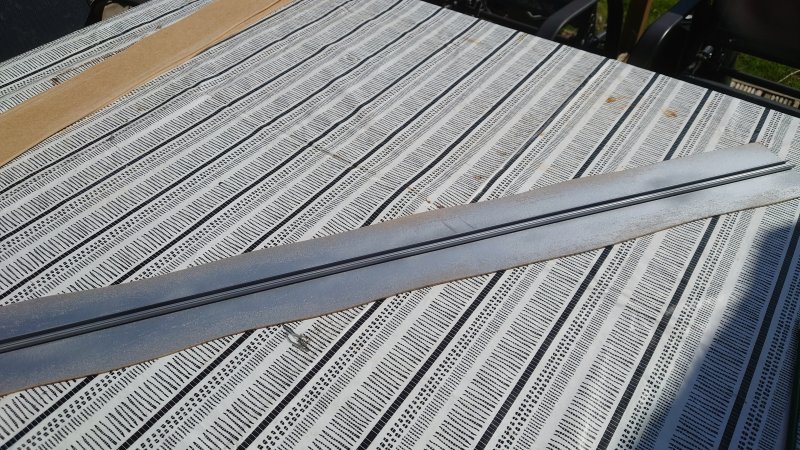
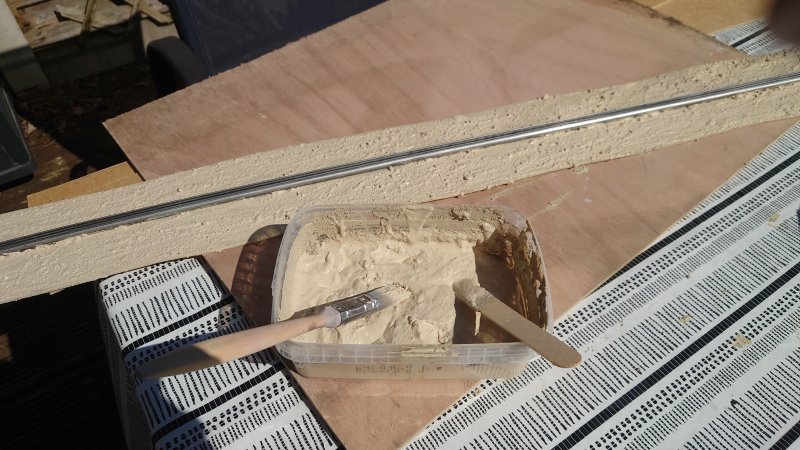
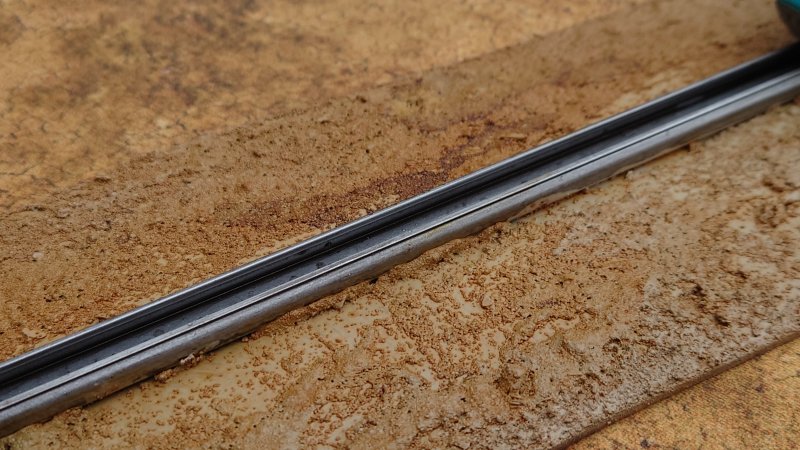
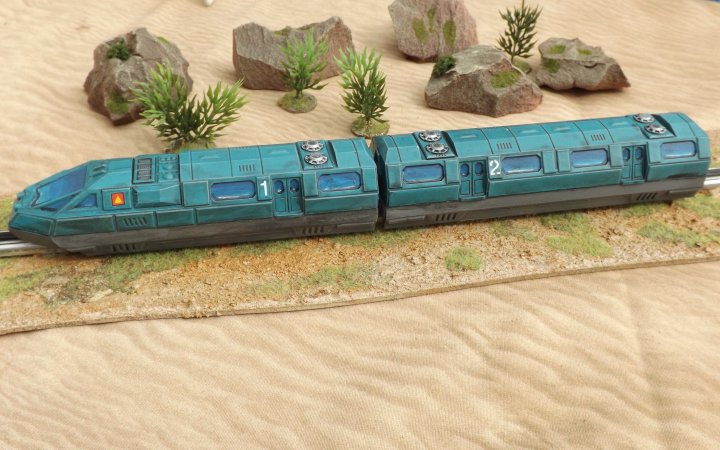
You must be logged in to post a comment.